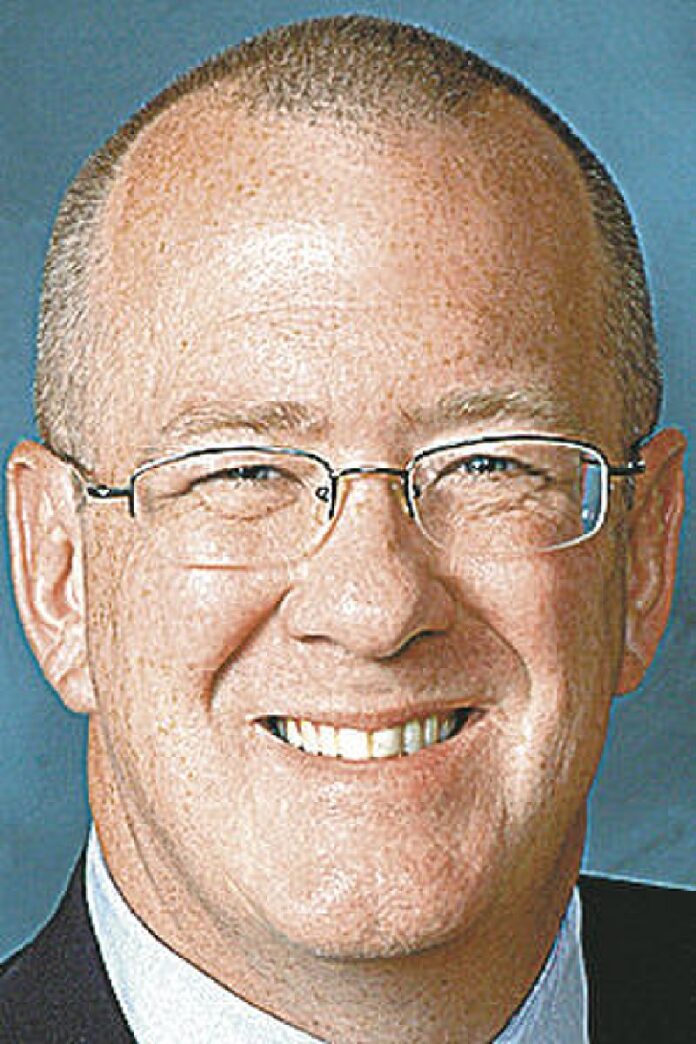The national economy grew at an annual rate of 3.2 percent in the first quarter. I had forecasted a 2.9 percent growth rate, but I worried the obvious slowing of the U.S. economy would weigh heavily on growth. What might be happening and what it means for the future are worth thinking a bit more deeply about. I begin by explaining why economic growth is so important.
If you came of age during that long period from the end of World War II through the Great Recession, you experienced average economic growth of a bit above 3.4 percent, and population growth of 1.1 percent. A bit of arithmetic yields the fact that, at these growth rates, the standard of living of the average American would double every 30 years. Since the Great Recession, growth has averaged 1.7 percent and population growth has slowed to 0.72 percent. At these rates, the standard of living of the typical American will double every 68 years.
These data understate the change that occurred over this time. Lifespan in the United States increased by 20 percent, so folks born today should expect to live more than a dozen years longer than someone born in 1950. However, the rate of growth in life expectancy has crashed since the Great Recession, and even declined for some groups.
This slowdown is a stunning change that will affect nearly all our institutions and bring vastly different political pressures to bear on our nation. We were once, in the words of President Kennedy, a nation excited to enact policies that would “lift all boats.” The politics of today, both left and right, are obsessed not with shared prosperity, but with fighting over the paltry scraps of economic growth. This intellectually vacant approach threatens the vitality of our Republic. That is one important reason why growth matters.
The slowdown in GDP growth since the Great Recession is a puzzle with many potential causes. What we do know is that the source of GDP is necessarily from the productivity of workers, and that has slowed to a crawl. Since 2009, the amount of production per worker has averaged less than 1.0 percent, rising to 1.1 and 1.3 percent over the past two years. Better, but still not normal.
Part of the puzzle may be changes to the way we consume goods and services. Growing leisure has long been viewed as a by-product of growing wealth, but there are also cultural aspects to it. Technology may have made leisure far more productive in the sense that it is easier to coordinate and consume, and the price is dropping. So, Americans might simply be choosing to work less as a conscience form of increasing consumption of leisure.
Another issue might be that declining educational attainment is simply reducing productivity. College attendance peaked in 2011-2012; thus we may be seeing a slowing of the growth of educated workers entering the workforce.
We also have to confront the disruption of automation. The changing nature of work has disrupted a surprisingly large share of employees. Nearly nine out of 10 of the more than 5 million factory workers displaced between 2000 and 2010 were due to automation. More recently, retail, logistics, restaurants, call centers and other jobs are beginning to face similar disruption. The workers who lost their jobs are more likely to be the least technically savvy of their cohorts.
Here in Indiana, the problem is more acute. Labor productivity growth since the end of the Great Recession is less than half the national average, and Indiana has actually fallen into negative average growth over the past four years. I believe this can be partially explained by the declining level of educational attainment of the Indiana workforce. With weakening high school graduation requirements, a shrinking share of Hoosiers headed to college and workforce training policies that focusing on filling jobs, not transferable skills, our declining productivity should come as no surprise.
If the 3.2 percent national growth from last quarter is sustained through the year, it might signal a return to productivity growth. If growth returns to roughly 2 percent per year as it has been since the start of the Great Recession, it signals a longer period of stagnation. For Hoosiers, a faster-growing national economy would be welcome news. But what affects our state is something more than a national productivity slowdown, and it will take significant redirection of policy to turn it around.
Michael J. Hicks is a professor of economics at Ball State University. Send comments to [email protected].
Michael J. Hicks is the director of the Center for Business and Economic Research and an associate professor of economics in the Miller College of Business at Ball State University. Send comments to [email protected].



